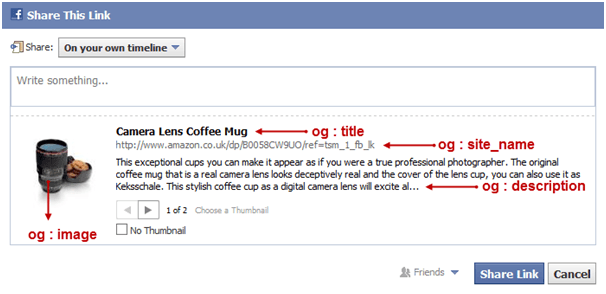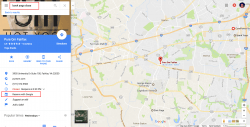Industry Insights
The Structured Data Dilemma: Schema vs. Open Graph
If I’m already using Open Graph, do I still need to use Schema? How should my web team prioritize all these different markups? Is it possible to have too much structured data? Sound familiar?

*If I'm already using Open Graph, do I still need to use Schema?**How should my web team prioritize all these different markups?*Is it possible to have too much structured data?
Sound familiar?
You understand the importance of having structured data when it comes to surfacing in search and providing good experiences for consumers, but the best way to structure your data may not always be so clear. There are a lot of microformats to choose from — like Open Graph and Twitter Cards — and then of course, there's Schema and its many formats (Microdata and RDFa and JSON-LD, oh my!). So, where's a digital marketer start?
What do microformats like Open Graph actually do?
Microformats like Facebook Open Graph and Twitter Cards allow businesses to represent their content as rich objects in the social graph (think the image and description displayed when a link is shared). This is beneficial from a branding perspective, as it makes the content on your pages much easier to share and engage with on each of those independent platforms.
 Use the Facebook Open Graph protocol to ensure your content is easy for consumers to share and engage with on Facebook.
Use the Facebook Open Graph protocol to ensure your content is easy for consumers to share and engage with on Facebook.
However, these microformats do not solve for the more important issue of how to provide the detailed information about your business (people, places, products, attributes, events, and more) to search engines in a way that ensures your data gets interpreted correctly across the web.
How is Schema different?
If you don't have structured data across the web (as opposed to across just a single social network like Facebook), Google and other search engines are forced to guess at the content on your page — and at its meaning. This is a big problem for you because it means the information on your website may not be showing up when and where people look for it. And it's terrible for the person performing the search because intelligent search results (answers boxes, voice search results, maps) may instead populate with incorrect or outdated information.
Businesses need to be able to explicitly define the content on each of their web pages. And that's where Schema comes in. Founded by Google, Microsoft, Yahoo, and Yandex, Schema.org provides a shared vocabulary for how to structure data on the web. Schema is continually evolving (visit Google Developers for a definitive guide to Google's specific requirements), and we're starting to see new industry-aligned business vocabularies for structured data.
We're also beginning to see that structured data not only lets businesses describe their people, places, and products — it also enables them to describe the relationships betweenthose people, places, and products. So a search for a local business address could also surface information about an agent who works at that office, and about the services that agent offers. As context and intent become increasingly important to the intelligent search experience, you'll need to make sure your digital knowledge is not only searchable — but actually interconnected.
So should I only be using Schema?
With regard to microformats, the more the merrier. Open Graph and Twitter Cards play an important role in making your content sharable across their respective platforms. But if you had to pick just one markup, your focus should be on Schema.
Only by structuring your data according to Schema do you make it easier for search engines like Google to index and understand your content. Plus, by leveraging Schema, you also make the content on your web pages actionabledirectly through search*.*For example, Schema provides a way to describe actions that users can take on a specific page, like "Order Online." So if you aren't providing search engines with structured data, you are potentially losing out on a lot of in-the-moment opportunities.

Google keeps adding new ways for customers to take action with a business directly from search.
But whether you're using Schema alone, or in combination with Open Graph and a host of other microformats, it's still a lot of work to make sure your data is structured correctly. Platforms like the Yext Knowledge Engine can improve efficiency within your department and can ensure that each page you publish is structured correctly — so the information about your business gets found. And Yext Location Pages apply Open Graph tags by default for core attributes (name, title, description, image), in addition to applying Schema Microdata tags.
The first touchpoint between any brand and its customer is the search engine.
With more and more consumers interacting directly with businesses from search results, it's imperative that search engines like Google be aware of — and be able to understand — the information you have on your website. Only by structuring your data according to Schema will you be able to take true control over the digital knowledge about your brand.
Find out what steps you can take to deliver a standout search experience for your customers in our eBook Why Your Brand Needs to Be Answers-Ready.

